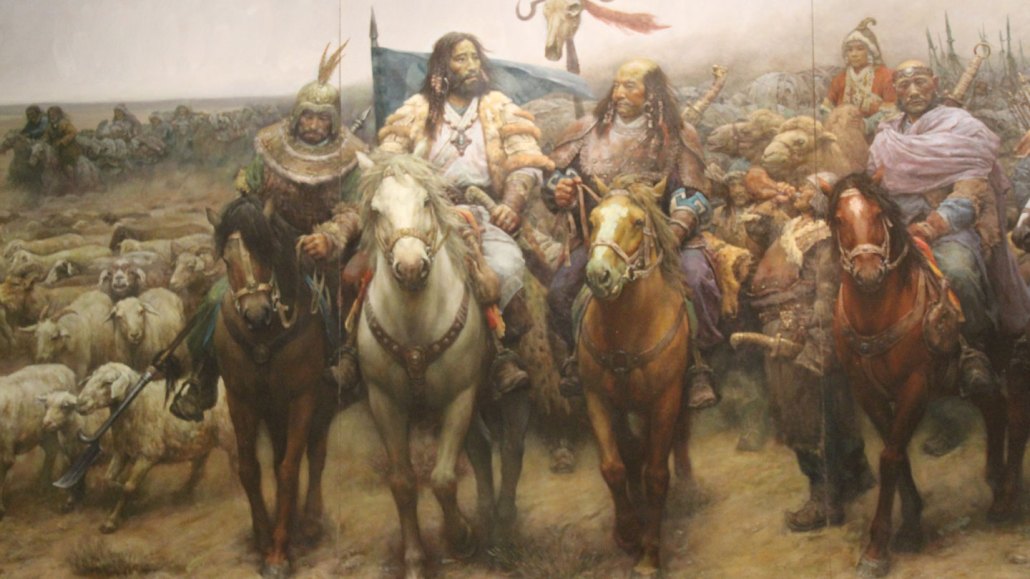How Asia’s first nomadic empire broke the rules of imperial expansion
Ancient China’s mobile neighbors built an empire that’s attracting scientific scrutiny

Xiongnu herders in what’s now Mongolia, portrayed in this painting, followed their own rules in building a multiethnic empire and advancing iron-making technology starting around 2,200 years ago, new studies indicate.
Flickr (CC0 1.0)